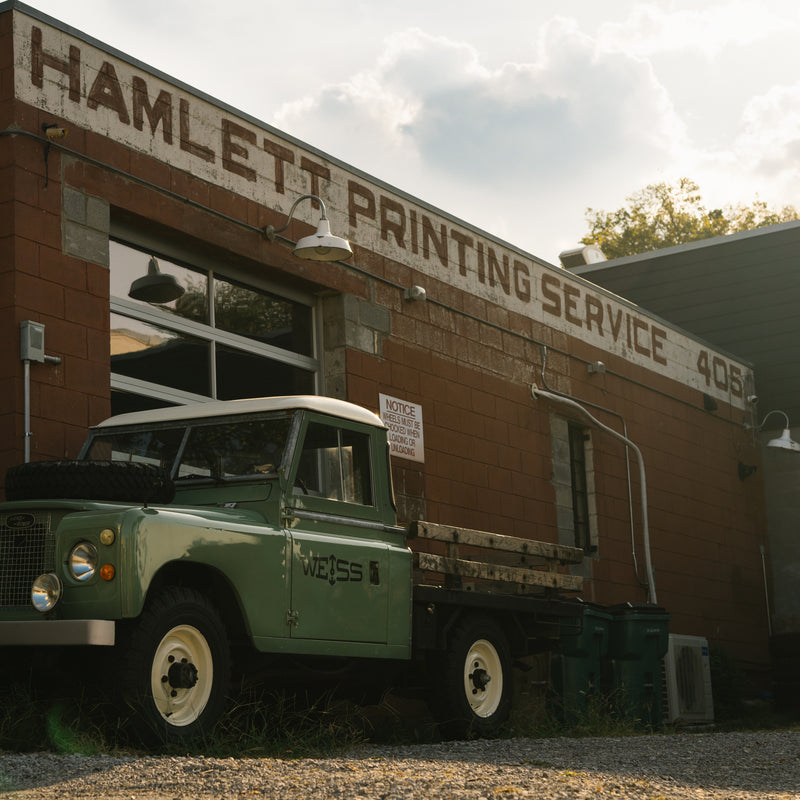Before becoming a watchmaker, one must first become a toolmaker. This may seem surprising to those unfamiliar with the intricacies of horology, but the tools are as vital as the hands that wield them. Without the proper tools, a watchmaker can accomplish little when it comes to creating or repairing a timepiece. Watches are made up of components so small and delicate that even the slightest misstep can lead to damage. This is why the tools we use must be carefully crafted and selected, ensuring they can precisely handle the workpieces involved.
The Essential Role of Movement Holders
One of the most critical tools in a watchmaker's arsenal is the movement holder. Without a proper movement holder, the risk of damaging the movement during assembly or disassembly is high. Every watch movement has its own set of tools, including movement holders that are specially designed to support delicate components throughout the process.
For example, as a Vacheron watchmaker, I had a drawer full of movement holders specific to each individual caliber. These were not just for entire movements but could also be specific to certain parts of a movement, like an automatic mechanism. Each piece requires unique support to avoid bending or damaging parts while applying pressure, such as when tightening a bridge or pressing hands onto a pinion. Without the right holder, you might inadvertently crack a jewel, misalign a component, or cause unseen damage that could lead to the watch failing at a later date.
The Importance of Custom Toolmaking
This need for precision is why it’s so crucial for watchmakers to either make their own tools or be adept at designing or selecting the right ones. Generic movement holders exist, but they often only serve for general work and cannot provide the specialized support needed for more complex tasks. That’s why specialized holders are created, sometimes for a single caliber or even a single task, like setting the hands on a watch.
For instance, when working on a chronograph, a watchmaker needs holders that incorporate pushers to activate the start, stop, and reset mechanisms. This allows for proper alignment and testing of the functions. Similarly, assembling an intricate component like a tourbillon escapement may require a whole set of movement holders, each tailored to a specific part of the process. For grand complications, a watchmaker might need 20 to 30 different fixtures just to complete the assembly.
Understanding the Difference Between Tools
In watchmaking, every tool has a specific purpose, and using the wrong one can lead to disastrous results. Case cushions, for example, are used to support a movement during casing operations, providing a flat, soft surface. However, these should never be confused with case holders or movement holders, each of which serves a unique role. Misusing these tools can easily damage a movement, especially in the hands of someone who doesn’t understand their proper function.
As a watchmaker, seeing a tool used incorrectly is enough to make one cringe. These tools are meticulously designed for a singular task, and using them improperly not only disrespects the craftsmanship but also risks the integrity of the watch.
Knowing When Not to Attempt a Repair
Even as an experienced watchmaker, there are times when I won’t attempt to work on a movement simply because I don’t have the right tools. It’s not about a lack of skill but rather a respect for the precision required. For example, attempting to service an ultra-thin movement or a tourbillon without the correct holders would likely result in more harm than good.
This is why you might sometimes bring a watch to a repair shop, and they tell you they can’t fix it. It’s not that they lack the expertise; it’s that they lack the proper tools to do the job correctly. In watchmaking, knowing your limitations and respecting the tools of the trade is as crucial as the skill itself.
In conclusion, the path to becoming a watchmaker is paved with the mastery of tools. Each tool is a testament to the precision and care that defines the craft of horology. Whether it’s a movement holder designed for a specific caliber or a case cushion that provides the perfect support, every tool has a role in the intricate dance of watchmaking. Understanding and respecting these tools is what allows a watchmaker to create and repair timepieces that can stand the test of time.
For more details, you can watch the video here.
